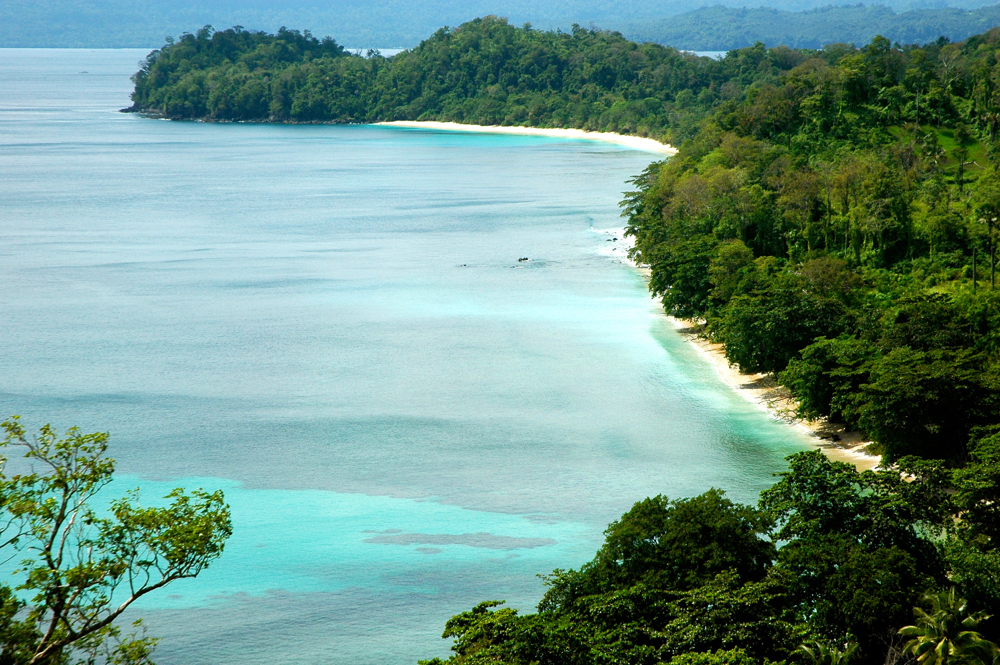Sulawesi, an island between Borneo and New Guinea, is – at 174.600 km2 – gigantic. The size varies depending on which online source you consult, but what are a few square hectares at that size! Sulawesi really has a lot to offer, not just in regard to its varied nature, but also culturally. Besides the size, the island offers an enormous amount of different fruits, seeds, nuts and not to forget the world famous KOPI LUWAK
At that point, I like to discourage you from consuming, buying or recommending this so call most ‘luxurious’ coffee. The poor Civet cats have looked away under terrible circumstances and have to suffer because some people (think) the love digested and excreted coffee beans. The suffering of the civet cats
The north is a paradise for divers with off-shore islands like Togian, Tukang Besi und Banggai, but the diving areas in the South and East are also highly recommended. If you’re looking for cultural highlights, head to the Toraja region in the Southern hills, or the Minahasa in the mountains of the north. VISIT MANADO For adventurers I recommend the hire of a 4-wheel Jeep since Sulawesi offers many chances for off-road expeditions.
Minahasa – South of Manado. The Minahasa people live in the mountainous region south of Manado. The pleasant climate and picturesque landscape invite you to go on extended rambles and the Klabat (1995 m) offers you a gorgeous view over the peninsula.
Tangkoko-Batuangus-Dua Saudara National Park. This national park offers an excellent introduction to the unique Sulawesi fauna. There are many endemic species, like the midget buffalo Anoa, the boar-like Babirusa with its impressive tusks, and the tiny Tarsiers with their huge eyes, but also egret monkeys, hornbills, and fruit bats. Visitors can stay at an eco-lodge or simple hotels near the park.
Tomohon is the center of Minahasa. It’s called the “flower city” for its six-weeks long flower festival held each May. DISCOVER TOMOHON Above the township Rurakan, you get a spectacular view across the landscape, including the picturesque TONDANO LAKE
The Waruga are ancient tombs allegedly up to 2000 years old. It’s easier to date the caves which Japanese invaders made native prisoners build. They served as a munitions and rations depot as well as a hiding place for Japanese soldiers. Further information regarding North Sulawesi’s culture, history, and sights: NORTH SULAWESI
Lore Lindu National Park lies in the heart of the island, south of Palu. It shelters many animals endemic to Sulawesi and is an ornithologist’s dream come true. Dense tropical rainforest grows beside open steppe and highland moors, offering something for every nature lover. In the south of the park, especially in Bada valley, visitors come upon unique examples of megalithic culture: stone statues, between one to three meters in size and carrying human features. We are still not sure about their creators and date of construction. NATURE CONSERVATORY
Lake Poso – The crystal clear water surrounded by forest invites you to stay for a while at this lake at the heart of Sulawesi. You can just relax, or take hiking paths up to wild waterfalls amidst lush green jungle, explore mysterious caves or the remarkable orchid park.
South- Sulawesi Makassar – The capital of South Sulawesi was at the under the Dutch training company “Vereinigte Ostindische Kompanie“ the central turnover spot for spices. The resorted dutch Fort Rotterdam, with a museum, is worthwhile seeing and is a witness of that time. Even till today, there is trading in the old harbor and the old Bugis- schooner are heavily loaded with wood, cement and all kind of products for eastern islands.
Bira – if you are interested in a boat- building you should make your way to Bird and stop on the southern spit of Sulawesi. Since hundreds of years, the schooners were built here right on the beach. Construction plans do not exist, experience and drawing by eye are enough for the old rise of sailors, traders and boat builders.
Tanah Toraja – North of Makassar lives the rise of Toraja, famous for there ritual cremation. The sometimes take a whole week, with hundreds of guest to welcome and feed. Therefore the slaughter water buffalo and pigs. All those gifts should ensure a happy transition from the dead to paradise. In this lovely area, you always encounter fertile rice paddies, coco plantains and also wood figures, warden of the dead.
Diving information.: Bunaken Nationalpark – This park offers extraordinary diving experiences for beginners as well as for experts. You encounter sharks mackerels and tuna swarms.
Lembeh – Even diving experts are amazed about the mud or sludge diving in the northeast. Bizarre, colorful and many different microorganism creatures of the ocean live here. For instance the Ambon- scorpionfish, seahorse and the endemic Banggai-Cardinalfish.
Togian Inseln – In the bay between north and central Sulawesi lays the archipelago off the Togians. Here most of the life is happening below the ocean’s surface.
Selayar und Tukang Besi Inseln – South of the main island you strike Selayar and then Tukang Besi islands (Wakatobi) – also great diving spots. Sulawesi is the eleventh biggest island in the world and still has lots of adventures things and places to discover for individual travelers.
Sulawesi, October – November 2009
